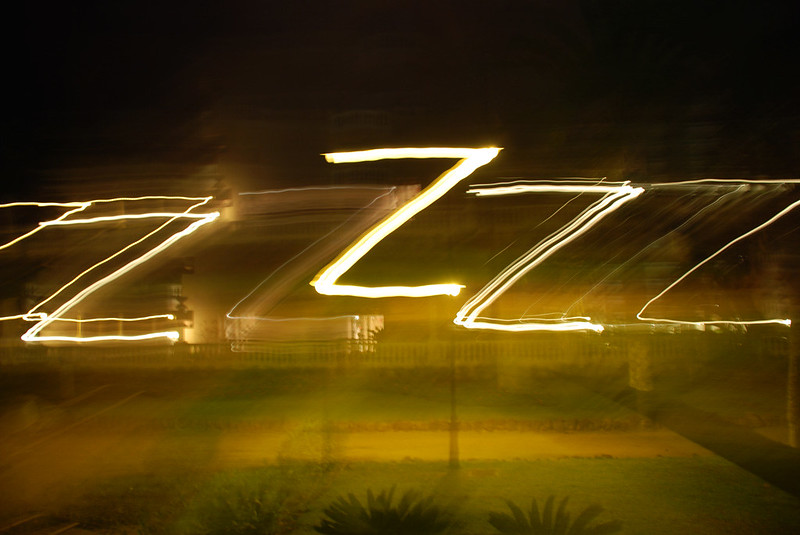This is our very last episode of 2023, so we’re telling the story of the final stop in our 26 letter alphabet: here’s where Z came from.
And the answer is: from the Greek letter zeta, which is itself adapted from a Phoenician symbol.
Oh, I probably shouldn’t stop there, should I?
The Phoenician glyph was called zayin, and it meant “weapon.”
It was a vertical line with horizontal lines at the top and bottom, it looked like a modern capital letter I with serifs.
The Greek zeta kept the horizontal lines but changed the vertical line into a diagonal one connecting the bottom left and the top right of the horizontal lines.
That letter found its way into the Latin alphabet, too.
But in about 300 BCE, a Roman Censor decided that Z and several other letters were redundant.
Z was out of action for about two hundred years!
After being un-canceled, Z ended up a part of a number of languages including English, which had been using S to cover the Z sounds.
Inside the US the letter is usually pronounced “zee,” but in many other places, like the UK, or the band Rush, Z is pronounced “zed.”
Once upon a time, both versions were used interchangeably among English speakers.
Lye’s New Spelling Book, published in 1677, proposed that “zee” was the correct version, so that the letter was in line with letters like B, D, G, and P.
And in the US, if you want to sing the alphabet song you have to say it “zee” to keep the rhyme scheme.
But backers of the “zed” pronunciation can point to the letter’s roots, and it’s definitely fun to say, even in unofficial ways.
Writer and researcher Dianne Tillotson once wrote that one of her granddaughters used to call the famously black and white striped animal a “zed-bra.”
This year, a photography collector in the UK got hold of a film camera from 1889 that has what’s believed to be the oldest known developed photo.
After all this time, it’s just a pair of silhouettes.
Who they were and what they were doing is still a mystery.
Maybe we’ll find out in 2024?

